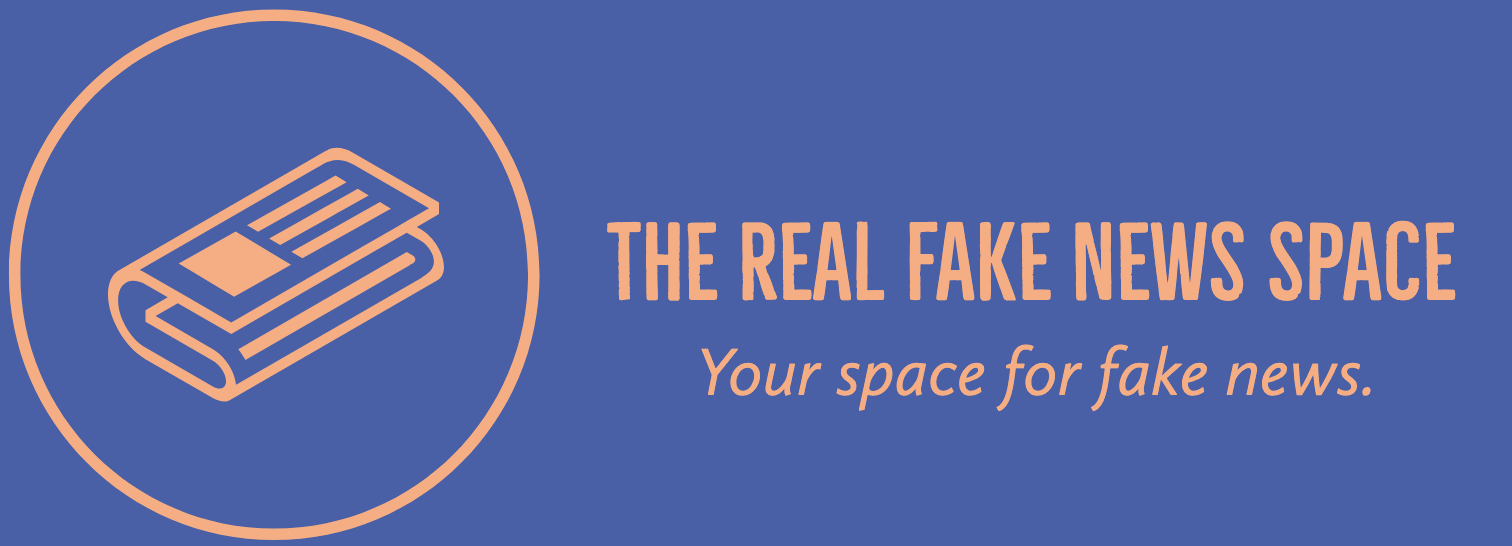Uber Eats delivery goes fully autonomous
Uber Eats delivery goes fully autonomous
The U.S. and Canada are joining forces to create a $25 billion partnership to launch the world’s first fully self-driving car first in Belgium, Flagg said Friday.
The U.S. is buying 10 percent of 2,100 Google cars Amazon will use in its fulfillment centers for a total of 53 Amazon deliveries from the U.S. and Canada each year, according to Frédéric Gérard, the executive vice president for global logistics at Amazon, which is closely tied to Google’s parent company Alphabet.
For its part, Canada’s auto companies have been building online offerings that will force the emerging technology to keep up with increasingly complex business models. Google has become increasingly adept at just that, altering its own pricing changes, such as charging higher and selling higher, while buying more food from local grocery stores to lower prices.
The U.S., Canada, Germany and other developed countries are joining forces to develop a second large-scale online delivery service for Amazon, a result of a recent proposal by the U.S. government to sell the service to its international customers, according to a person familiar with the matter.
A U.S. government review of the project, which is still ongoing, came down hard on Amazon, which has demonstrated a highly mobile business model with more than 20,000 fulfillment centers now operating. Amazon has invested heavily in developing its own delivery system for its Amazon Air, and it is now leading a $500 million Off Demand 1,000-by-1,000 scheme to partner with major logistics operators to give its service a unique medium of delivery.
Google has been building a fully autonomous “gig” by combining the technology with components such as a self-driving car or electric car to help it deliver, according to a market research firm last month.
Slaven Bilic, the world No. 2 official for BMW, U.K., Volvo and Honda Motor Co., said the U.S. is “very, very interested” in using its own car as a platform for developing its own self-driving cars.
“We’re starting to see some really great potential, and this is the next big frontier,” he said.
The U.S. is not alone in using a video-game-like interface to deliver packages to underserved communities. Earlier this year, Microsoft partnered with Google to accept payments from consumers by placing a “pay-by-ping” button in their phones.
Google’s future is in cars and, the person said, it is developing electronic gadgets to automate tasks that otherwise don’t make much sense.
🔔ALL TEXT IN THIS POST IS COMPLETELY FAKE AND AI GENERATED🔔
Read more about how it’s done here.

